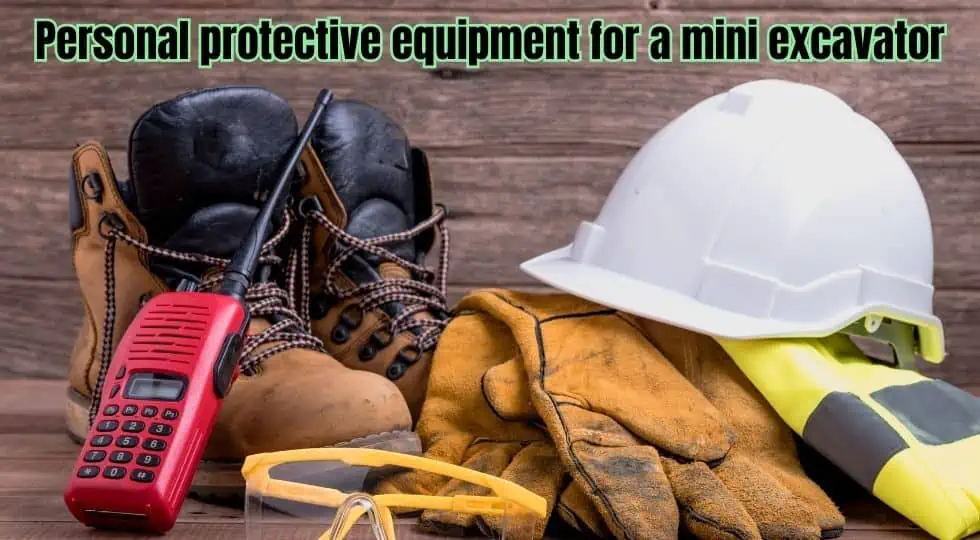In the construction industry, as well as other professions that rely on heavy equipment, worker safety is of paramount importance. So personal protective equipment for a mini excavator is also essential. The use of heavy machinery can expose workers to a range of hazards, such as falling objects, debris, and noise pollution, among others. Therefore, wearing appropriate personal protective equipment (PPE) is essential to ensure the safety and well-being of workers.
PPE is the last defense against workplace hazards, providing a critical barrier between workers and potential harm. Properly fitting PPE can help minimize the severity of injuries and reduce the risk of accidents. Workers must receive training on the correct application of PPE and the various equipment options accessible to them, which includes mittens, hard hats, eye and facial shields, respiratory shields, hearing shields, and suitable boots.
Additionally, workers should be trained on the importance of regular maintenance and inspection of PPE to ensure its effectiveness. Worn or damaged equipment should be immediately replaced to ensure maximum protection.
By prioritizing appropriate PPE and training workers on its proper use, heavy equipment operators can minimize the risk of accidents and create a safer work environment. When working in environments that present potential hazards, it is imperative to prioritize safety measures.
Some Personal protective equipment for a mini excavator
Hard hat
A hard hat is personal protective equipment (PPE) for a mini excavator commonly used in construction and other hazardous work environments. It is designed to protect the head from impact and penetration hazards, such as falling debris, electrical hazards, and other potential sources of head injury.
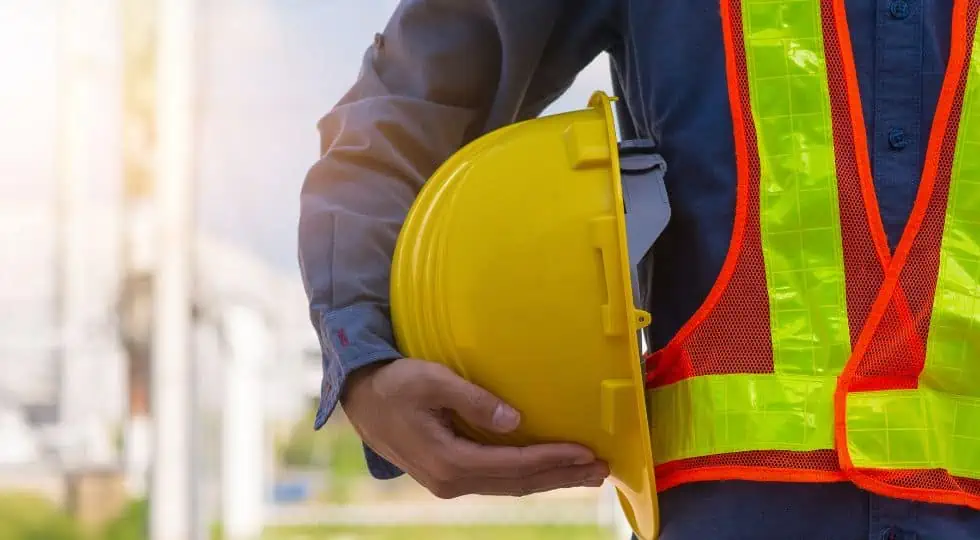
Hard hats consist of an outer shell made of high-density polyethylene (HDPE) or other materials and an inner suspension system that provides shock absorption and helps to distribute the force of an impact across the head. Several movable belts or bands make up the support system, ensuring a comfortable and snug fit. These hats are available in a variety of colors, with each color signifying a different level of protection or designation.
It is essential that hard hats should be inspected regularly for signs of damage, such as cracks or dents, and should be replaced immediately if they show any signs of wear or damage. Additionally, hard hats should be appropriately adjusted to ensure a secure and comfortable fit and replaced every five years, regardless of their condition.
Eye and face protection
Eye and face protection is a type of personal protective equipment (PPE) essential in many hazardous work environments. The equipment for the mini excavator protects the eyes and faces from potential hazards such as flying debris, dust, chemicals, and radiation.
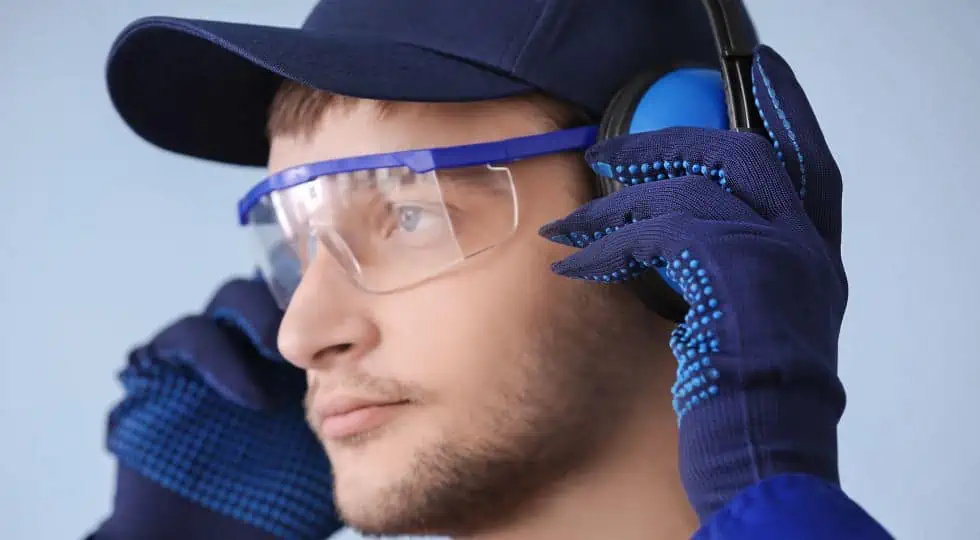
Several eye and face protection types are available, including safety glasses, goggles, face shields, and full-face respirators. The type of protective equipment for a mini excavator required depends on the work’s nature and the specific hazards. They have side shields to provide additional coverage and are available in prescription versions for workers who require corrective lenses.
Conversely, Goggles provide more comprehensive eye protection and are used when exposure to chemicals, splashes, or flying debris is risky. They create a seal around the eyes, preventing particles or chemicals from entering the eye area.
Face shields are another type of eye and face personal protective equipment for a mini excavator that provides a barrier between the worker’s face and potential hazards. They are used when there is a risk of exposure to high-velocity impact, chemical splashes, or radiation.
Full-face respirators combine eye and face protection with respiratory protection, providing complete protection from airborne hazards. They are typically used when there is a risk of exposure to hazardous gases or chemicals.
Regardless of the type of eye and face protection used, selecting equipment that meets the appropriate safety standards and is correctly fitted to the worker is crucial.
Respiratory protection
Respiratory protection is a necessary form of personal protective equipment for a mini excavator used in various industries to protect workers from respiratory hazards, such as dust, fumes, and other airborne particles. Respiratory protection is significant in construction, manufacturing, and healthcare industries, where workers may be exposed to hazardous airborne contaminants.
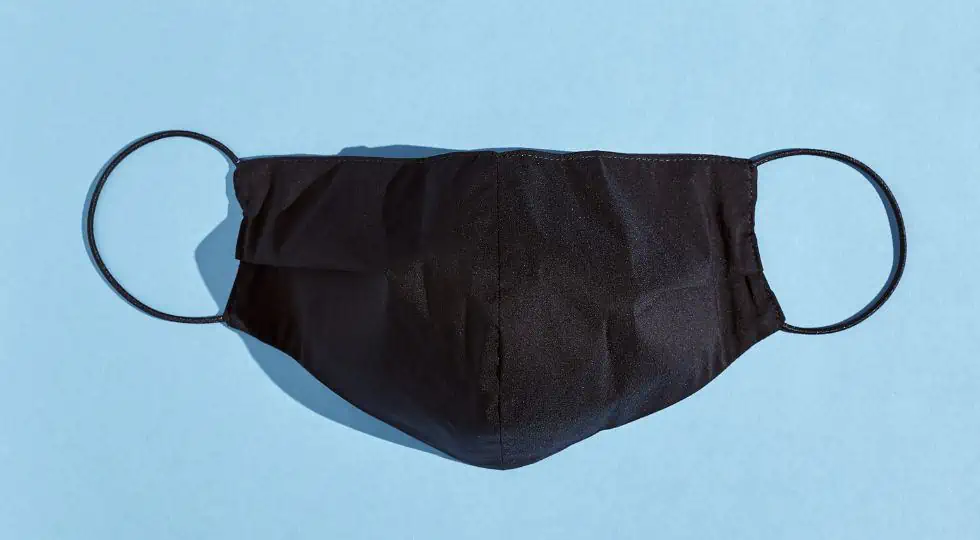
Disposable masks, half-face, and full-face respirators, powered air-purifying respirators (PAPRs), and supplied-air respirators are just a few examples of the various types of respiratory protection.
Disposable masks are commonly used in industries where workers may be exposed to airborne contaminants but do not require heavy-duty respiratory protection. These masks are perfect for use when contamination is low to high because they are made to screen out 95% of airborne particles.
Half-face and full-face respirators provide more comprehensive respiratory protection and are suitable for use in environments with high airborne contaminant levels. These respirators have replaceable cartridges that filter out specific contaminants and are designed to fit securely over the mouth and nose.
Hand protection
For a mini excavator, hand protection is a form of PPE used to shield the hands from potential working hazards. Hand injuries are one of the most common types of workplace injuries, and they can be caused by various hazards such as cuts, punctures, abrasions, chemical exposure, and thermal burns.
Various types of hand protection are available, including gloves made from different materials such as leather, rubber, or synthetic materials. Different gloves are designed to protect against specific hazards, such as cut, chemical, or thermal-resistant gloves.
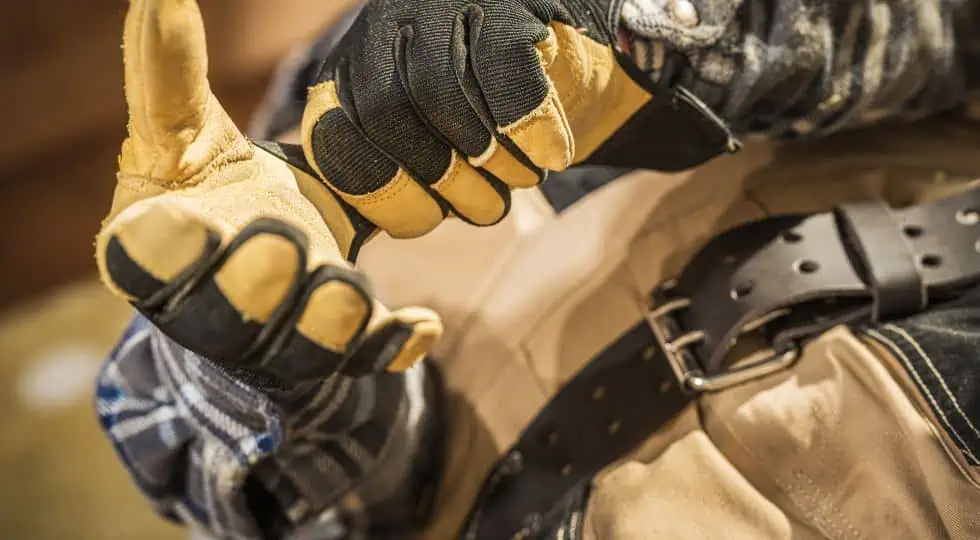
When selecting hand protection, it is crucial to consider the hazards present in the workplace, the type of work being performed, and the fit and comfort of the gloves. Gloves should fit properly, allowing for a full range of motion and agility while providing adequate protection against the identified hazards.
Proper hand hygiene is also essential when using hand protection. To prevent the transfer of bacteria and other dangerous agents, hands should be cleaned before and after using the glove.
By wearing appropriate hand protection, workers can minimize the risk of hand injuries and ensure a safer work environment.
High-visibility clothing
High-visibility clothing is personal protective equipment for a mini excavator designed to make workers more visible in low-light or high-traffic environments. High-visibility clothing has reflective bands or patches that reflect light back to the source, enhancing the individual’s exposure. It is manufactured from fluorescent materials like yellow, orange, or lime green.

High-visibility clothing is used in construction, roadwork, and other outdoor jobs where workers risk being struck by moving vehicles or equipment. Hi-vi clothing helps to increase visibility and alert drivers and equipment operators to the presence of workers, reducing the risk of accidents and injuries.
When selecting high-visibility clothing, it is essential to choose garments that meet the appropriate safety standards for the job site. High-visibility clothing has to conform to rules established by the International Safety Equipment Association (ISEA) and the American National Standards Institute (ANSI) to be worn in the United States. (ISEA).
The ANSI/ISEA 107 standard specifies the minimum requirements for high-visibility clothing, including the amount and placement of reflective material, the minimum amount of visual material, and the color of the garment. The ANSI/ISEA 207 standard applies specifically to high-visibility vests worn by public safety workers such as police officers and firefighters.
It is crucial to properly maintain high-visibility clothing to ensure that it continues to provide adequate visibility.
Foot protection
Footwear safety a mini excavator’s foot protection is personal protective equipment that shields against job dangers like falling objects, sharp objects, electrical risks, slides, accidents, and falls. Foot protection can take many forms, including steel-toed boots, metatarsal guards, electrical hazard-resistant shoes, and slip-resistant shoes.
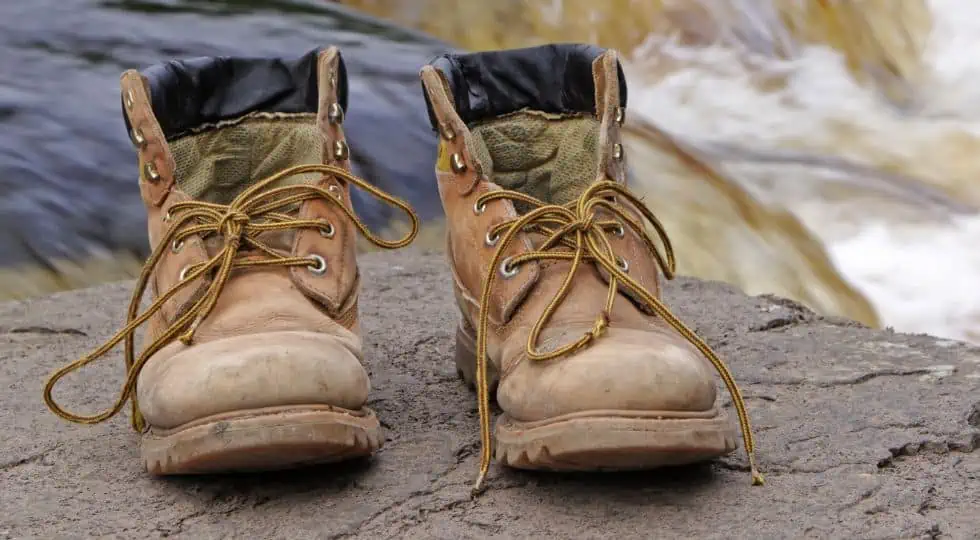
Steel-toed boots are the most common type of foot protection designed to protect the toes and the top of the foot from impact and compression injuries. Metatarsal guards are a type of foot protection that covers the top of the foot and the toes and provides additional protection against crushing injuries.
Electrical hazard-resistant shoes are designed to protect the wearer from electrical hazards by providing insulation from electrical currents. Slip-resistant shoes are designed to improve traction and reduce the risk of slips and falls in wet or slippery conditions.
Footwear should fit properly, allowing for a full range of motion and comfort while providing adequate protection against the identified hazards.
Proper foot hygiene is also essential when using foot protection. Feet should be washed regularly, and socks should be changed daily to prevent the buildup of bacteria and other harmful substances.
Bottom line
In the end, personal protective equipment for a mini excavator plays a crucial role in protecting workers from hazards in the workplace. Various types of PPE, including hard hats, eye and face protection, respiratory protection, hearing protection, hand protection, foot protection, and high-visibility clothing, are designed to provide workers with the necessary protection against workplace hazards. You can contact us for more information.

